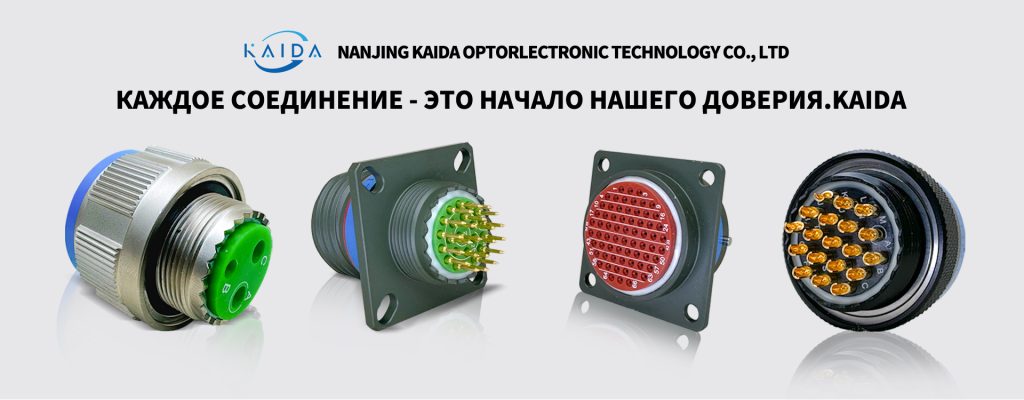2025-09-25

In military connectors, welding and crimping are two main contact connection methods, and their advantages and disadvantages need to be comprehensively evaluated in combination with application scenarios, environmental requirements and technical characteristics.Here is a detailed analysis of both:
I. Advantages and disadvantages of welding technology
1. High connection strength and stability Welding forms metal bonding through high temperature melting, high mechanical strength, suitable for withstanding harsh environments such as vibration and impact, especially in aerospace, missiles and other military scenarios requiring high reliability.
2. Excellent electrical performance Small welding contact resistance, stable signal transmission, suitable for high precision, low loss electrical requirements, such as high speed data transmission systems.
3. Corrosion resistance and environmental adaptability Good sealing of welding points, resistance to moisture, salt fog and other corrosive environment, suitable for ships, submarines and other marine equipment.
inferior position
1. The welding process is complex and costly. It requires high temperature operation, which may damage the surrounding components, and has high technical requirements for operators. It requires professional equipment support and high cost.
2. Poor flexibility Difficult to adjust or repair after welding is complete, limited in scenarios requiring frequent replacement or maintenance.
Second, the advantages and disadvantages of crimping technology
1. Efficient and automatically-compatible crimping is achieved through cold deformation, no heating is required, suitable for mass production, and can be combined with automated equipment to improve efficiency and reduce labor costs.
2. No risk of thermal damage Suitable for temperature-sensitive components, such as polymer materials or miniaturized connectors, to avoid aging of insulating materials caused by high temperatures.
3. Easy maintenance and replacement Crimp connections are quick to remove and suitable for military equipment requiring frequent adjustments, such as modular electronic systems.
inferior position
1. Lower mechanical strength Crimp joints can loosen under extreme mechanical stress compared to welding and rely on precise wire diameter matching and quality control of crimping tools.
2. Limited environmental adaptability In high temperature, high pressure or highly corrosive environments, the stability of the crimp may decrease, requiring additional protective measures.
III. Comparison of application scenarios
1. Typical welding scenarios with high reliability requirements: such as spacecraft inter-stage separation connectors, deep-water sealed connectors, etc., scenarios that require long-term stable work and are not maintainable. Harsh environment: such as submarine power system (high current, high voltage) or electromagnetic shielding requirements strict filter connector.
2. Rapid deployment requirements for typical scenarios of crimping: such as aircraft airborne equipment, missile rapid assembly line, scenarios requiring efficient connection and disassembly. Modular design: such as radar, communications equipment, replaceable printed circuit board connectors.
IV. Technological trends
1. The application part of hybrid technology military connectors adopt a combination of welding and crimping, for example, the core signal line uses welding to ensure stability, and the auxiliary line uses crimping to improve maintenance efficiency.
2. Material and process innovations such as antistatic coatings and metal alloy shielding layers improve the reliability of crimping in complex environments.
Summary In military connectors, the choice of soldering and crimping requires trade-offs between reliability, efficiency and environmental adaptability.Soldering is suitable for high-stress, high-stability scenarios, while crimping is more focused on rapid deployment and ease of maintenance.As technology evolves, the complementarities between the two will increase, pushing military equipment toward higher performance and flexibility.